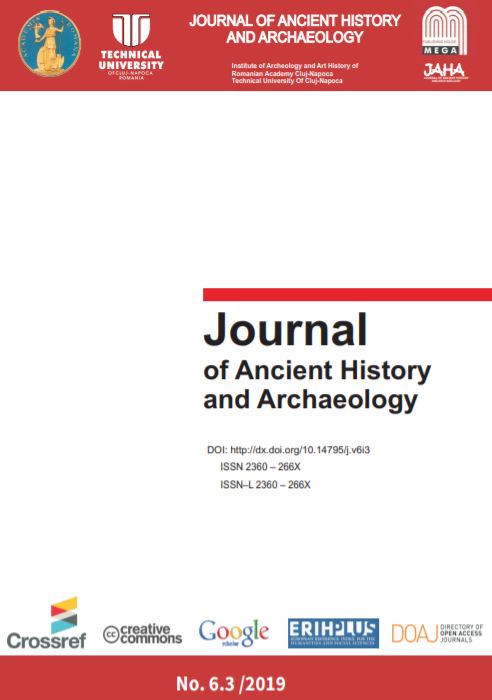ATHENIAN MERCANTILISM: A NEW APPROACH TO THE ATHENIAN COINAGE DECREE AND THE LAW OF NICOPHON
ATHENIAN MERCANTILISM: A NEW APPROACH TO THE ATHENIAN COINAGE DECREE AND THE LAW OF NICOPHON
Author(s): Corey J. EllithorpeSubject(s): History, Archaeology, Ancient World
Published by: Editura Mega Print SRL
Keywords: Greek Numismatics; Greek Epigraphy; Coinage Decree; Law of Nicophon; Athens;
Summary/Abstract: Two fragmentary specimens of Greek epigraphy, both inscribed within a century of one another (ca. 450 and 375 B.C.)[1] and both, in one manner or another, dealing with regulations of Athenian coinage, have been the source of scholarly debate and controversy. The fifth century Athenian decree (ψήφισμα) on coins, weights, and standards,[2] has been referred to as one of “the most controversial texts in the history of Greek epigraphy.”[3] The central debate surrounds its date, which then informs understanding of the nature of the decree and the motive behind its issuance. The fourth century Athenian law (νόμος) on approvers of silver coinage[4] likewise is subject to much debate regarding its textual reconstruction. Both the fifth century decree and the fourth century law aim to control elements of monetary exchange through by eliminating the utilization, and later even the existence, of non-Athenian coinage. The differences from this perspective appear to be quantitative not qualitative—macro-managing and micro-managing monetary exchange. Notwithstanding, scholarship isolates the inscriptions and rarely considers any connection.[5] I aim to provide a better understanding of these two inscriptions and to explore the matter of continuity between these two pieces of Athenian legislation. Along with the matter of continuity, a series of related questions are treated here. (1) Was the Coinage Decree[6] a product of nascent Athenian imperialism, as scholarly consensus maintains, or rather a means to catalyze Athenian revenue via seigniorage? (2) How successful were the Coinage Decree and the Law on Coinage? (3) What does the numismatic evidence suggest regarding successful implementation of them? Namely, do coin finds signify the regularization of anti-counterfeiting measures? (4) Is there any perceivable quantitative reduction of non-Athenian silver coinage following the Decree or Law?
Journal: Journal of Ancient History and Archaeology
- Issue Year: 6/2019
- Issue No: 3
- Page Range: 59-75
- Page Count: 17
- Language: English

